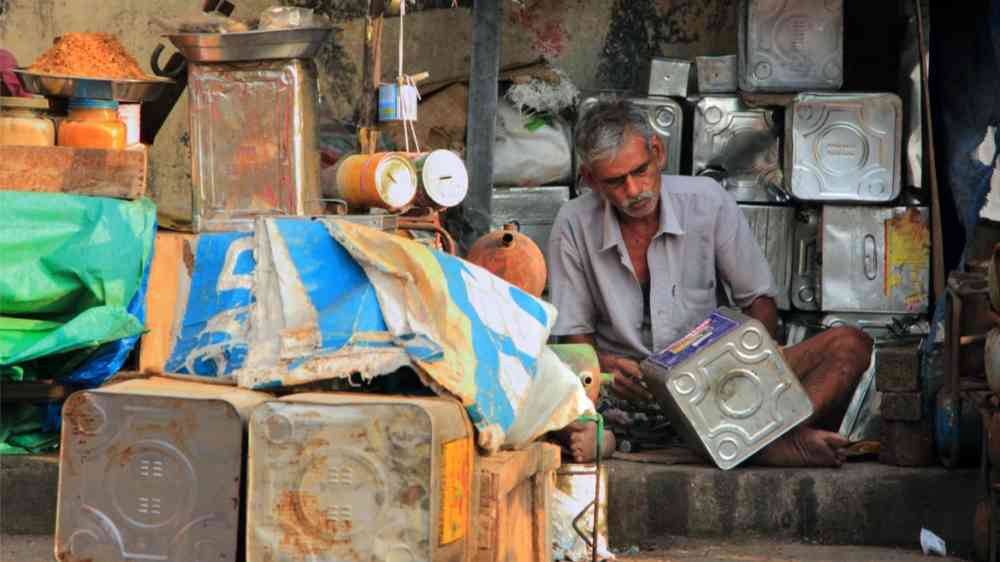Data, disasters, and hyper-marginalised groups

You should already be familiar with some of the specific risks, vulnerabilities and capacities that marginalised people experience during and after a disaster, as well as the focus within disaster risk reduction (DRR) policy and practice to address those issues. What may be less familiar is the impact of disasters on hyper-marginalised people and communities.
Hyper-marginalisation
Hyper-marginalised people and communities can be defined as those who have been traditionally considered as "marginalised" within policy and practice but who also have other intersecting attributes that can increase that “obvious” marginalisation.
This can include people and communities with intersecting vulnerabilities or exposure – such as legal and economic barriers (sex workers, informal sector workers, the homeless, those in extreme poverty, refugees and migrants), specific cultural or religious marginalisation (LGBTQIA+ people) or individuals and groups that live in systems often not “accepted” by mainstream society (transient and nomadic populations).
Hyper-marginalisation increases levels of vulnerability and exposure within a part of society that already experiences discrimination, marginalisation and abuse, and as a result can experience the impacts of disasters or crisis situations as more severe and harder to recover from.
Data marginalisation
One aspect that feeds into this additional marginalisation is how data is collected, analysed and stored. In many situations, data collection involving hyper-marginalised people or communities means having to consider aspects of that work that wouldn’t necessarily apply to the majority population.
Such sensitivities include:
- The legal implications of working and collecting data from people whose sexuality or employment might be illegal in that setting, or whose religion may expose them to harassment, death threats or abuse.
- Ethical considerations of asking people within a hyper-marginalised group to collect data, especially if that collection, analysis and storage might result in them being negatively impacted in some way.
- Data privacy and security considerations, especially in countries where that data could be used prejudicially against a community or individuals.
But it is important to ensure that hyper-marginalised people and communities are included in and engaged with disaster risk reduction, response and preparedness, and this means that we need to consider how to safely collect data within this sensitive area.
Recommendations for data-driven policy
The report Invisible Again: Hyper-Marginalised Groups and Disaster Data, authored by Holly Seglah and myself, aims to start a discussion around this topic. It provides several recommendations on how we – as DRR professionals – can better formulate and implement, making sure that is both useful and sensitive to the specific challenges of working with hyper-marginalised communities.
Whilst this topic may seem highly complex, there are a number of basic considerations that organisations and researchers within the field can implement (alongside generally sensible data policy). These include:
- Promoting and advocating for greater investment in research around the impact of disasters on hyper-marginalised groups, and ensuring that inclusive approaches are taken to DRR programming and implementation.
- Policymakers should collaborate with existing community networks and structures at the earliest opportunity when developing any policy related to marginalised and hyper-marginalised groups. Many organisations and agencies already have extensive knowledge about the needs of various hyper-marginalised groups, and these should be consulted from the outset. Direct service providers may be best positioned to engage hyper-marginalised communities for the purposes of collecting data in disaster situations.
- Policymakers should recognise the limits of a purely quantitative data collection methodology, especially when collecting data involving specific sensitivities. They should consider complementing quantitative data with qualitative analyses, where necessary.
- To ensure that the needs, rights and safety of hyper-marginalised groups are recognised, those institutions collecting data should ensure all volunteers and employees are trained on how to communicate and engage ethically with hyper-marginalised groups. This should include having the flexibility to change collection procedures and locations if needed for the safety and security of those communities being engaged.
Kevin Blanchard is the Director of DRR Dynamics, a research organisation focused on ensuring the inclusion and empowerment of marginalised groups in disaster risk reduction (DRR). He has over 14 years’ experience in developing inclusive DRR policy for national governments, international agencies and NGO’s.